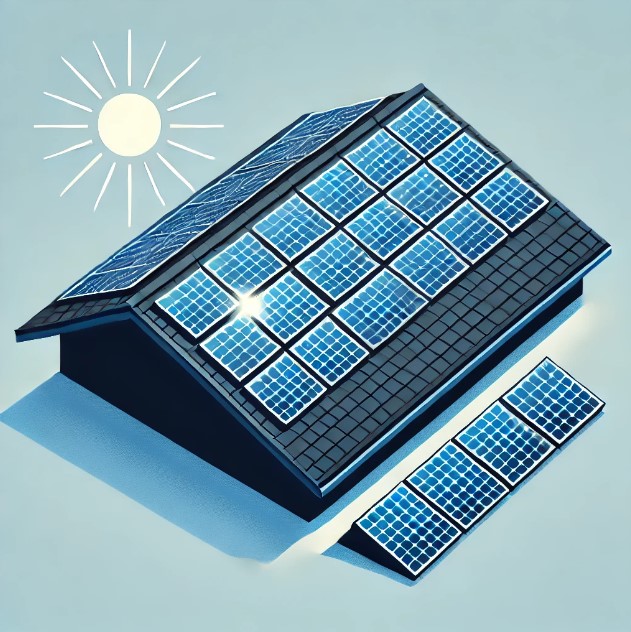-
Product Catalog
- Security and Surveillance Systems
- Automatic Circuit Breakers for Direct Current (DC) Circuits with Integrated Overload, Short-Circuit, and Voltage Stabilization Protection Functions
- Lighting with the help of electrical energy
- Automation and Control Systems
- Sealing profiles | rubber | gaskets | strips
- Inflatable Liquid Storage Tanks | Reservoirs | Bladders
- Inflatable rubber plugs for sealing high-pressure plumbing pipes
- Electrical distribution and installation
- Solar Energy Generation and Management Equipment
- HVAC control solutions for heating and ventilation.
- Special products and accessories
- Other products
- Safety tools
- Quality used products
Solar Modules | Electricity Generation Equipment
-
Read more

Solar modules, also known as photovoltaic (PV) modules or solar panels, are the primary components used in solar power plants to convert sunlight into electricity. The modules are made of photovoltaic cells, typically composed of silicon. When sunlight hits these cells, they generate an electric current.
Main Types of Solar Modules:
Monocrystalline Solar Modules:
Efficiency: These modules are made from single silicon crystals, making them very efficient in energy production. They have a high efficiency typically ranging from 18% to 22%, making them ideal for small areas where maximizing each square meter is important.
Appearance: Monocrystalline modules are usually dark black due to their uniform structure, which can be an aesthetic advantage.
Polycrystalline Solar Modules:Efficiency: These modules are made from various interconnected silicon crystals, so their efficiency is slightly lower than that of monocrystalline modules (typically 15% to 18%). They are generally less expensive, making them popular for larger solar installations.
Appearance: Polycrystalline modules are usually bluish-gray and have a less uniform surface compared to monocrystalline modules.
Thin-Film Solar Modules:Efficiency: These are less efficient modules that typically reach about 10% to 12% efficiency. They are made from various materials, such as amorphous silicon, cadmium telluride, or copper indium gallium selenide.
Applications: These modules can be used on flexible surfaces and are often employed in large commercial solar plants or specific locations where lightweight or flexible installations are needed.
Key Features of Solar Modules:Power and Efficiency: Solar module power is measured in watts (W) and indicates how much energy they can produce under specific conditions. Higher power modules generate more energy but may be more expensive. Efficiency is important as it indicates how much solar energy a module can convert into electricity.
Durability: Solar modules are designed to withstand various climatic conditions, including UV rays, rain, wind, snow, and temperature fluctuations. Quality modules are covered with tempered glass, protecting them from external factors and ensuring longevity.
Lifespan: Solar modules are typically designed to operate for over 25 years. During this time, they can maintain about 80% to 90% of their initial efficiency.
Areas of Use:
Residential Homes: Solar modules are installed on rooftops to generate electricity for personal use or sell back to the grid.
Industrial Facilities: Large solar power plants are installed on industrial buildings or vacant land to generate significant amounts of electricity.
Off-Grid Solutions: Solar modules are also used in smaller, independent systems, such as remote sites without access to the power grid.
Advantages of Solar Modules:Renewable Energy: Solar modules utilize sunlight, a renewable source, contributing to sustainable energy use and environmental protection.
Energy Savings: Properly installed solar modules can reduce electricity costs and even create opportunities to sell excess energy back to the grid.
Low Maintenance: Solar modules require very little maintenance and typically operate reliably for many years.
Solar modules are an essential solution for transitioning to clean and renewable energy use.No items found.
US IN SOCIAL NETWORKS
























